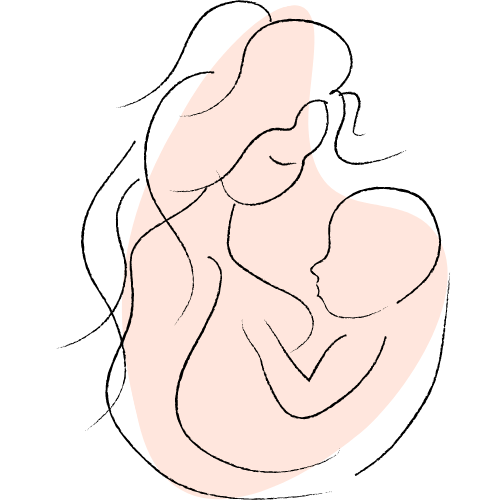Childhood night terrors are a parasomnia, or partial-sleep disorder, common in young children. They occur in the deepest stage of sleep and are characterized by an abrupt arousal, usually within the first hour of sleep. The child may sit bolt upright in acute terror, screaming inconsolably. Night terrors are a confusional arousal resulting from immature sleep patterns with an intense activation of the flight or fight emotion.
Researchers think of night terrors as mysterious glitches in the usually smooth transitions we make between sleep stages each night. An episode can last anywhere from a few minutes to almost an hour, and when it’s over your child may abruptly fall back to sleep with no memory of the incident.
Night terrors are more common in young children – from toddlers to grade-schoolers. A study of almost 2,000 children found that 40 percent of children between ages 2 1/2 to 6 years old experienced night terrors. Kids often grow out of them by about age 12.
How are night terrors different from nightmares?
If your child has a night terror, she won’t remember it. On the other hand, a nightmare leaves your child truly awake. Not only can she remember her dream and sometimes talk about it, but she may also seek out and feel comforted by your presence.
Also, children commonly have night terrors during the first third of the night, during deep non-dream (non-REM) sleep. Children have nightmares during dream (REM) sleep, which usually happens during the last third of the night.
According to sleep expert Jodi A. Mindell, author of Sleeping Through the Night, the easiest way to tell the difference between a night terror and a nightmare is to ask yourself who’s more upset about it the next morning. “If your child is more agitated, she had a nightmare. If you’re the one who’s disturbed, she probably had a night terror,” says Mindell.
In other words, the “terror” of a night terror lingers far longer in the parent who watched it than in the child who lived it.
What should I do if my child has a night terror?
Don’t try to wake him. And expect that your efforts to comfort him will be rebuffed – a child having a night terror really can’t be calmed down, and if you try to hold him it may make him wilder.
It’s unsettling to witness a night terror, but unless your child is in danger of hurting himself, don’t attempt to physically comfort him. Just speak calmly, put yourself between him and anything dangerous (the headboard of his bed, for example), and wait for the storm to pass.
Before you go to bed, take the same precautions you would for a sleepwalker because children who have night terrors might also sleepwalk or tumble out of bed in the grip of a night terror. Pick up any toys or objects on the floor, install a gate at the top of the stairs, and make sure windows and outside doors are locked.
What causes night terrors, and can they be prevented?
There’s no definitive way to prevent night terrors because no one knows exactly what causes them. What is known is that, on their own, night terrors don’t mean a child has a psychological problem or is even upset about something.
Some factors make night terrors more likely – if your child has a fever or isn’t getting enough sleep, for example. Solving any other sleep problems your child has, such as getting up in the middle of the night and making sure she has a regular bedtime and gets enough hours of sleep may help ward off night terrors.
Certain medications or caffeine also can contribute to night terrors. Children are also more likely to have them if someone else in their family has night terrors or another sleep disorder, such as sleepwalking.
In some cases, night terrors can be triggered by sleep apnea, a serious but correctable disorder in which enlarged tonsils and adenoids (normal tissue in the throat) block airway passages during sleep, making it difficult to breathe and disrupting a child’s sleep throughout the night.
Research suggests that certain conditions that keep your child from getting enough rest, such as restless legs syndrome or gastroesophageal reflux disease (GERD), may also trigger night terrors. Check with your child’s doctor if you think one of these conditions might be contributing to your child’s night terrors.
What is a scheduled awakening?
If you notice that your child’s night terrors happen about the same time during the night, you can try something called scheduled awakening. This simply means that you gently and briefly wake your child about 15 or 20 minutes before she usually has a night terror.
Some experts think this technique can change your child’s sleep state enough to prevent a night terror. When done repeatedly, your child may learn to wake up automatically to avoid the night terror.
Scheduled awakening hasn’t been well tested in preventing night terrors, however, and there’s always the possibility that waking your child around the time of a night terror might trigger one.
When to call the doctor?
Consult a pediatrician for night terrors if any of the following occur:
- Episodes occur more than once a week.
- Episodes persist after a schedule of preventive awakenings.
- Episodes last more than 45 minutes.
- The child exhibits drooling, jerking, and stiffening of the body.
- The child is physically endangered during an episode.
- Episodes occur later during the sleep cycle, more than two hours after going to sleep.
- The child has fears that persist throughout the day.
